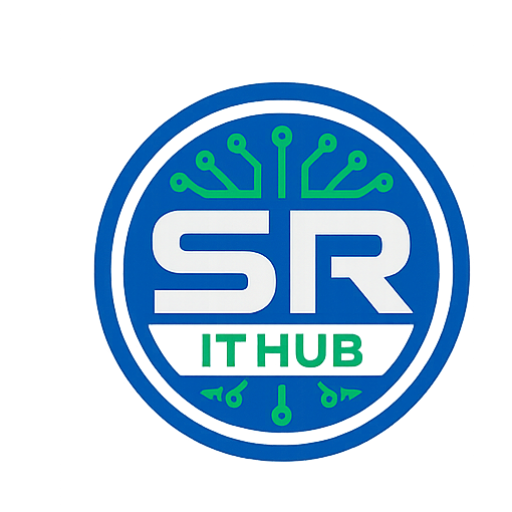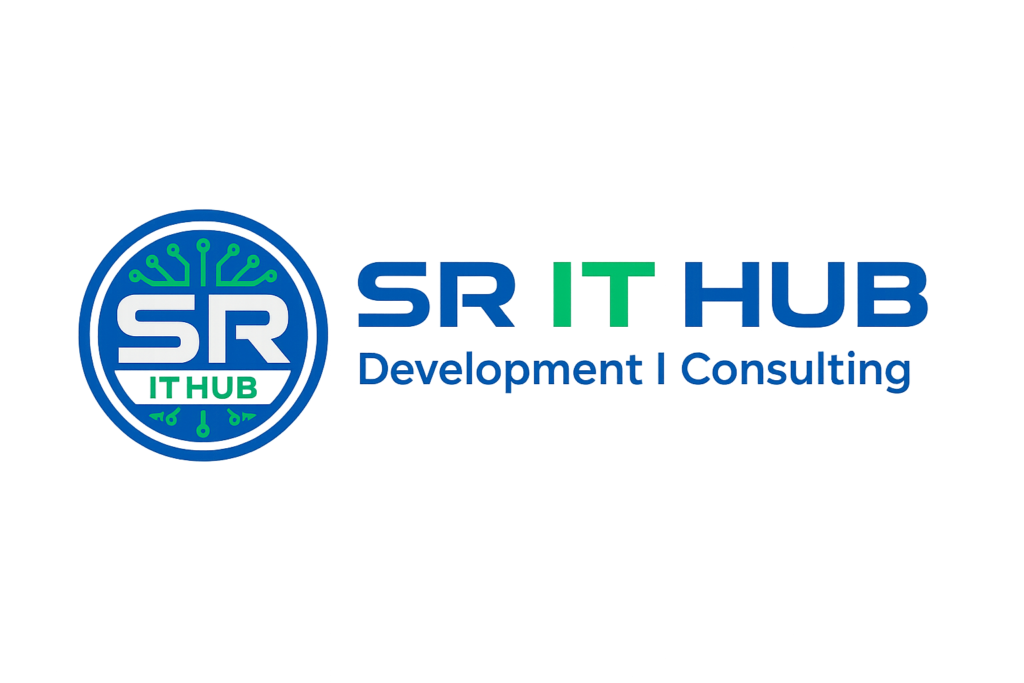ABSTRACT
Internet of Things (IoT) refers to the concept of enabling Internet connectivity and associated services to non-traditional computers formed by integrating essential computing and communication capability to physical things for everyday usage. Security and privacy are two of the major challenges in IoT. The essential security requirements of IoT cannot be ensured by the existing security frameworks due to the constraints in CPU, memory, and energy resources of the IoT devices. Also, the centralized security architectures are not suitable for IoT because they are subjected to single point of attacks. Defending against targeted attacks on centralized resources is expensive. Therefore, the security architecture for IoT needs to be decentralized and designed to meet the limitations in resources. Blockchain is a decentralized security framework suitable for a variety of applications. However, blockchain in its original form is not suitable for IoT, due to its high-computational complexity and low scalability. In this article, we propose a sliding window blockchain (SWBC) architecture that modifies the traditional blockchain architecture to suit IoT applications. The proposed SWBC uses previous (n−1) blocks to form the next block hash with limited difficulty in proof-of-work (POW). The performance of SWBC is analysed on a real-time data stream generated from a smart home testbed. The results show that the proposed blockchain architecture increases security and minimizes memory overhead while consuming fewer resources.
EXISITNG :
Security and privacy are two of the major challenges in IoT. The essential security requirements of IoT cannot be ensured by the existing security frameworks due to the constraints in CPU, memory, and energy resources of the IoT devices.
PROPOSED SYSTEM:
In this paper, we propose a new blockchain architecture for IoT environments, especially in the context of smart home applications. A smart home monitors, analyses, and reports the state of the home. Smart homes use devices connected to IoT to automate and monitor in-home systems [4]. Smart home can be considered as the smallest unit of a smart city. The security standardization of a smart home supports a smart city and vice versa. In a smart home, the real-time data streams are generated by sensors which help us to monitor the current status of the home, analyze energy consumption, and investigate any accidents inside a smart home. The volume of data generated by a smart home depends on the number of sensors deployed and the frequency of data acquisition. Therefore, proper sampling of sensor data is required to produce meaningful information which can be later stored in the blockchain. The volume of data stored in a blockchain decides the packet overhead, memory overhead, and computational overhead. In this context, our proposed sliding window blockchain architecture tries to improve the security and reduce the memory overhead of IoT in a smart home environment.
SYSTEM REQUIREMENTS
SOFTWARE REQUIREMENTS:
• Programming Language : Python
• Font End Technologies : TKInter/Web(HTML,CSS,JS)
• IDE : Jupyter/Spyder/VS Code
• Operating System : Windows 08/10
HARDWARE REQUIREMENTS:
Processor : Core I3
RAM Capacity : 2 GB
Hard Disk : 250 GB
Monitor : 15″ Color
Mouse : 2 or 3 Button Mouse
Key Board : Windows 08/10

